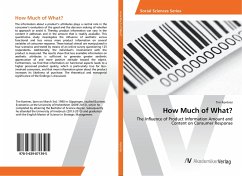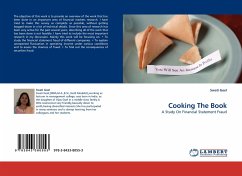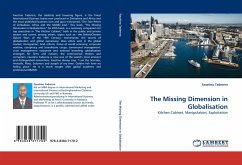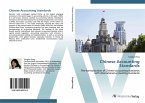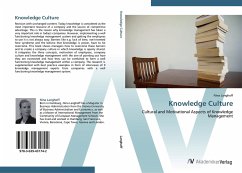The information about a product's attributes plays a central role in the consumer's evaluation of the good and the decision making of whether to approach or avoid it. Thereby, product information can vary in the content it addresses and in the amount that is readily available. This quantitative study investigates the influence of aesthetic versus functional and less versus more product information on several variables of consumer response. These textual stimuli are manipulated in four scenarios and tested by means of an online survey questioning 125 respondents. Additionally, the individual's involvement with the product is measured. The results show that less available information on aesthetic attributes is sufficient to generate greater aesthetic appreciation of and more positive attitude toward the object. Furthermore, we find that information on functional aspects leads to a higher perceived product quality, which is particularly true for less-involved consumers, and that more information given about the product increases its likeliness of purchase. The theoretical and managerial significance of the findings is discussed.
Bitte wählen Sie Ihr Anliegen aus.
Rechnungen
Retourenschein anfordern
Bestellstatus
Storno

